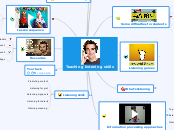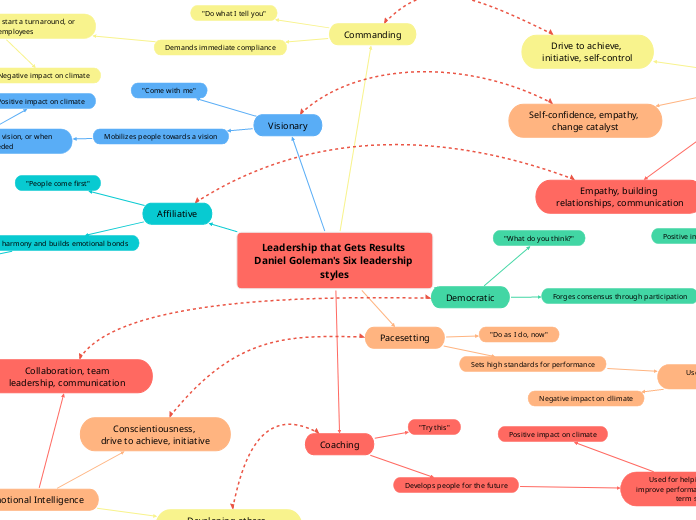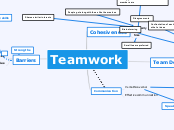по Bersu Karadağ 11 лет назад
365
AudiolingualMethod – BersuKaradağ
The Audiolingual Method emerged as a solution to the inefficiencies of the grammar-translation method, particularly during World War II when rapid language acquisition was essential.









